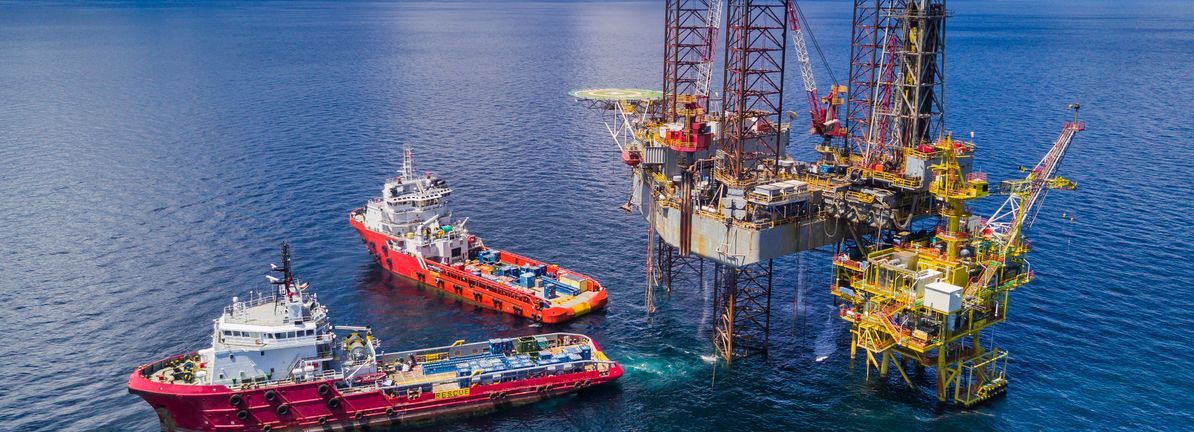It’s easy to match the overall market return by buying an index fund. When you buy individual stocks, you can make higher profits, but you also face the risk of under-performance. Investors in Seplat Petroleum Development Company Plc ( LON:SEPL ) have tasted that bitter downside in the last year, as the share price dropped 43%. That contrasts poorly with the market decline of 6.3%. Notably, shareholders had a tough run over the longer term, too, with a drop of 38% in the last three years. In contrast, the stock price has popped 9.1% in the last thirty days.
To paraphrase Benjamin Graham: Over the short term the market is a voting machine, but over the long term it’s a weighing machine. One imperfect but simple way to consider how the market perception of a company has shifted is to compare the change in the earnings per share (EPS) with the share price movement.
Unhappily, Seplat Petroleum Development had to report a 90% decline in EPS over the last year. The share price fall of 43% isn’t as bad as the reduction in earnings per share. It may have been that the weak EPS was not as bad as some had feared.
The graphic below depicts how EPS has changed over time (unveil the exact values by clicking on the image). earnings-per-share-growth It might be well worthwhile taking a look at our free report on Seplat Petroleum Development’s earnings, revenue and cash flow . What About Dividends?
As well as measuring the share price return, investors should also consider the total shareholder return (TSR). The TSR is a return calculation that accounts for the value of cash dividends (assuming that any dividend received was reinvested) and the calculated value of any discounted capital raisings and spin-offs. So for companies that pay a generous dividend, the TSR is often a lot higher than the share price return. We note that for Seplat Petroleum Development the TSR over the last year was -34%, which is better than the share price return mentioned above. And there’s no prize for guessing that the dividend payments largely explain the divergence!
